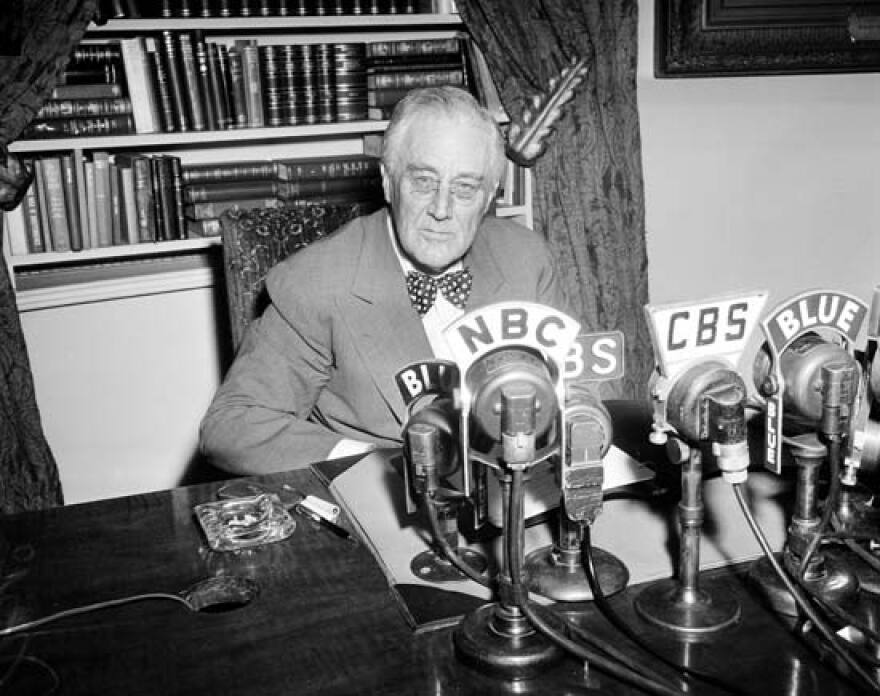U.S. presidents have long sought to communicate with the American people on a variety of pertinent issues. With the advent of radio in the early twentieth-century, this task became much easier.
Franklin Delano Roosevelt’s skillful use of radio, through his famous “fireside chats,” is regarded as one of the more important elements of his Presidency. Roosevelt's uplifting and positive messages, which helped Americans cope with both the Great Depression and World War II, are forever etched in the annals of this country’s history.
In the twenty-first century, based upon the evolution of technology, many U.S. citizens use social media platforms, such as Twitter, to communicate with one another. Since assuming office, arguably the most visible person in this realm is President Donald Trump.
Unlike FDR, who used radio to inspire his countrymen, Trump has regularly used Twitter to attack a wide variety of individuals and institutions including: politicians on both sides of the political aisle; members of his Cabinet; celebrities he disagrees with; as well as various media outlets. In fact,
Donald Trump has given a new, literal, meaning to the notion of a presidential “bully pulpit.”
Considering everything that must be resolved this month, including the crafting of a federal budget agreement, Donald Trump’s petulant and combative persona should be cause for national concern. As it stands, this, in all likelihood, will be a September to remember.


